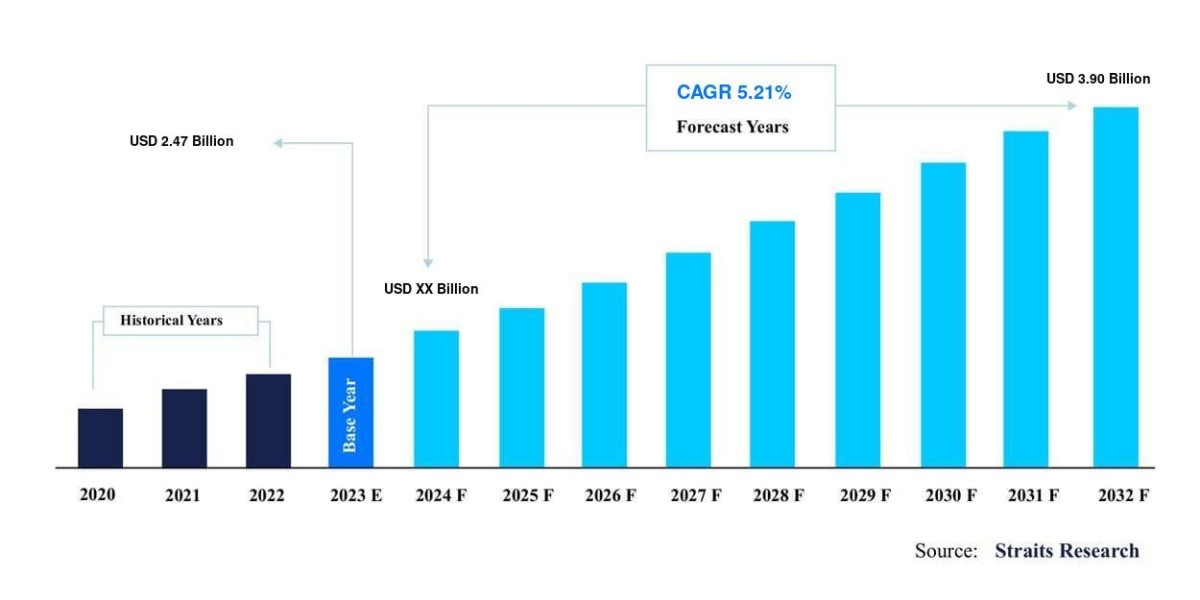Thermoforming manufacturers are at the forefront of innovative plastic processing, providing industries with versatile and cost-effective solutions for a wide range of applications. As demand for high-quality, durable, and custom plastic products continues to rise, companies like RapidMade have become leaders in delivering precision-engineered thermoformed components. Thermoforming is a highly flexible manufacturing process used to shape plastic into specific forms using heat and pressure, offering significant advantages in speed, design flexibility, and cost-efficiency. In this comprehensive guide, we will explore the role of thermoforming manufacturers, the various methods used, and how companies like RapidMade are shaping the future of plastic production.
What is Thermoforming and Why Is It Important?
Thermoforming is a manufacturing process that involves heating a plastic sheet until it becomes pliable, then shaping it using molds or dies. This versatile process can be used to create products with intricate details, varying thicknesses, and large dimensions. Thermoforming is particularly useful for producing large volumes of plastic parts with relatively low material costs compared to other methods like injection molding or extrusion. The flexibility and efficiency of thermoforming make it an ideal choice for industries ranging from automotive to consumer goods, medical devices, packaging, and beyond.
Key Thermoforming Methods
Thermoforming manufacturers typically use one of several methods, depending on the complexity, volume, and material requirements of the project. These methods include:
- Vacuum Thermoforming: In this process, a heated plastic sheet is draped over a mold, and vacuum pressure is applied to conform the plastic to the mold's shape. Vacuum thermoforming is commonly used for creating simple, shallow shapes and is well-suited for producing trays, containers, and cosmetic packaging.
- Pressure Thermoforming: Pressure thermoforming involves applying both heat and pressure to the plastic sheet, which allows for the creation of more intricate or deep molds. This method is ideal for parts that require precise detailing or thicker plastic layers.
- Twin Sheet Thermoforming: Twin sheet thermoforming is an advanced technique where two sheets of plastic are heated and simultaneously molded to form a single, hollow part. This method is widely used for making lightweight yet durable products, such as automotive interior components or large containers.
- Plug-Assisted Thermoforming: This variation of thermoforming uses a plug or additional tool to push the heated plastic sheet into the mold, ensuring that the material is forced into intricate areas. This method is often used to produce products with complex geometric shapes or deep draws.
Materials Used in Thermoforming
The choice of material plays a crucial role in the final product's performance, appearance, and cost. Thermoforming manufacturers typically work with a wide range of thermoplastics, including:
- ABS (Acrylonitrile Butadiene Styrene): Known for its strength, durability, and resistance to impact, ABS is commonly used in automotive, consumer electronics, and medical device applications.
- Polycarbonate (PC): Polycarbonate is a tough, heat-resistant plastic often used for creating transparent products such as protective covers, lenses, and automotive parts.
- Polystyrene (PS): Lightweight and cost-effective, polystyrene is typically used for packaging applications, disposable cups, trays, and other low-cost consumer products.
- PVC (Polyvinyl Chloride): PVC is a versatile material used in a variety of applications, from packaging to construction products. It can be rigid or flexible, depending on the formulation.
- PETG (Polyethylene Terephthalate Glycol): PETG is a clear, impact-resistant material that is often used for food packaging, medical devices, and protective covers.
Each material has its own advantages and is chosen based on the specific requirements of the project, including strength, transparency, chemical resistance, and cost considerations.
Advantages of Thermoforming
Thermoforming offers several benefits that make it an attractive manufacturing process for a wide variety of industries:
1. Cost-Effective for High-Volume Production
Thermoforming is an economical choice for producing large quantities of plastic parts. The process requires relatively low upfront investment in molds, making it more affordable for manufacturers compared to injection molding, which requires highly detailed and expensive molds. In addition, thermoforming’s quick cycle times and efficient use of materials help reduce production costs.
2. Design Flexibility
One of the key advantages of thermoforming is its ability to accommodate complex shapes and detailed designs. With the ability to produce deep draws and intricate contours, thermoforming enables manufacturers to create custom plastic products that meet specific design requirements without sacrificing cost-effectiveness.
3. Material Efficiency
Thermoforming allows manufacturers to maximize the use of raw materials. Since the process involves heating plastic sheets, there is minimal material waste, and excess plastic can often be recycled for future runs. This efficiency helps lower the overall cost of production while minimizing environmental impact.
4. Speed of Production
Compared to other plastic processing methods, thermoforming has a faster turnaround time. Once the mold is created, parts can be produced quickly, which is especially advantageous for industries that require rapid prototyping or quick ramp-ups to full-scale production.
5. Lightweight Products
Thermoformed plastic parts are often lightweight, which makes them an ideal choice for industries that prioritize reducing the weight of products, such as the automotive and aerospace sectors. Lightweight plastic parts can help reduce transportation costs, improve fuel efficiency, and lower overall product weight.
Applications of Thermoformed Products
Thermoformed products are used across a wide range of industries, including:
- Automotive: In the automotive sector, thermoformed components are used for dashboard panels, interior trim, and exterior parts. These products require materials that are durable, lightweight, and able to withstand high temperatures.
- Packaging: Thermoformed trays, clamshells, and blister packs are widely used in food packaging, electronics, and consumer goods. The ability to mold transparent materials, such as PETG, allows for enhanced product visibility and protection.
- Medical Devices: Thermoforming is used in medical device manufacturing to create custom trays, housings, and protective covers. The process allows for high precision and clean, sterile production.
- Consumer Goods: From appliance covers to toys, thermoforming is often used in the production of everyday consumer products. The ability to create low-cost, high-quality items with intricate designs makes thermoforming a go-to choice for manufacturers.
- Point-of-Purchase Displays: Thermoformed displays and signage are commonly used in retail environments to showcase products in an eye-catching and organized manner.
RapidMade: Leading the Way in Thermoforming Excellence
RapidMade stands out as a premier thermoforming manufacturer, providing high-quality, precision thermoformed parts to a wide array of industries. With years of experience in the field, RapidMade has honed its expertise in utilizing the latest technologies and manufacturing techniques to deliver superior results. Whether it’s creating custom prototypes, low-volume runs, or large-scale production, RapidMade offers tailored solutions to meet each client's unique needs.
Why Choose RapidMade for Your Thermoforming Needs?
- Expertise in Custom Solutions: RapidMade specializes in designing and producing thermoformed parts that meet exact specifications, ensuring that every product is tailored to the customer’s requirements.
- State-of-the-Art Technology: With access to advanced thermoforming equipment and precision tooling, RapidMade ensures the highest levels of accuracy, quality, and efficiency in every project.
- Quick Turnaround: RapidMade’s streamlined processes and commitment to fast production times mean clients can receive their products in a timely manner, minimizing delays and accelerating time-to-market.
- Sustainability: RapidMade is dedicated to using recyclable materials and minimizing waste throughout the production process, ensuring that products are both high-quality and environmentally friendly.
Conclusion
Thermoforming manufacturers, like RapidMade, are integral to delivering cost-effective, high-quality plastic solutions that meet the ever-growing demands of industries worldwide. With its ability to create intricate designs, reduce material waste, and produce lightweight, durable products, thermoforming is a manufacturing process that offers numerous advantages. Whether you need custom prototypes, large-volume production, or specialized components, thermoforming is a versatile and efficient choice. By partnering with experienced manufacturers, companies can unlock the full potential of thermoforming to meet their specific needs and stay ahead in today’s competitive market.








